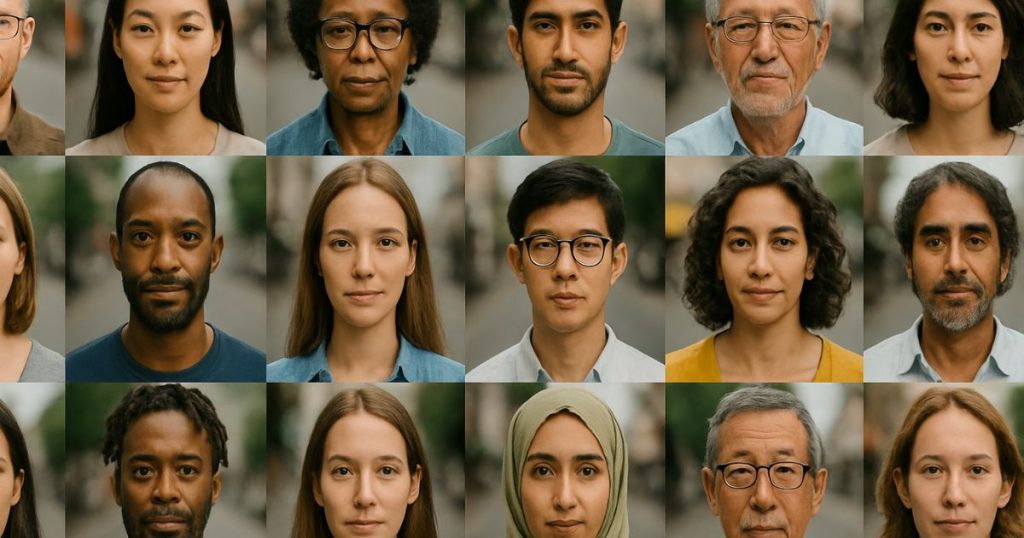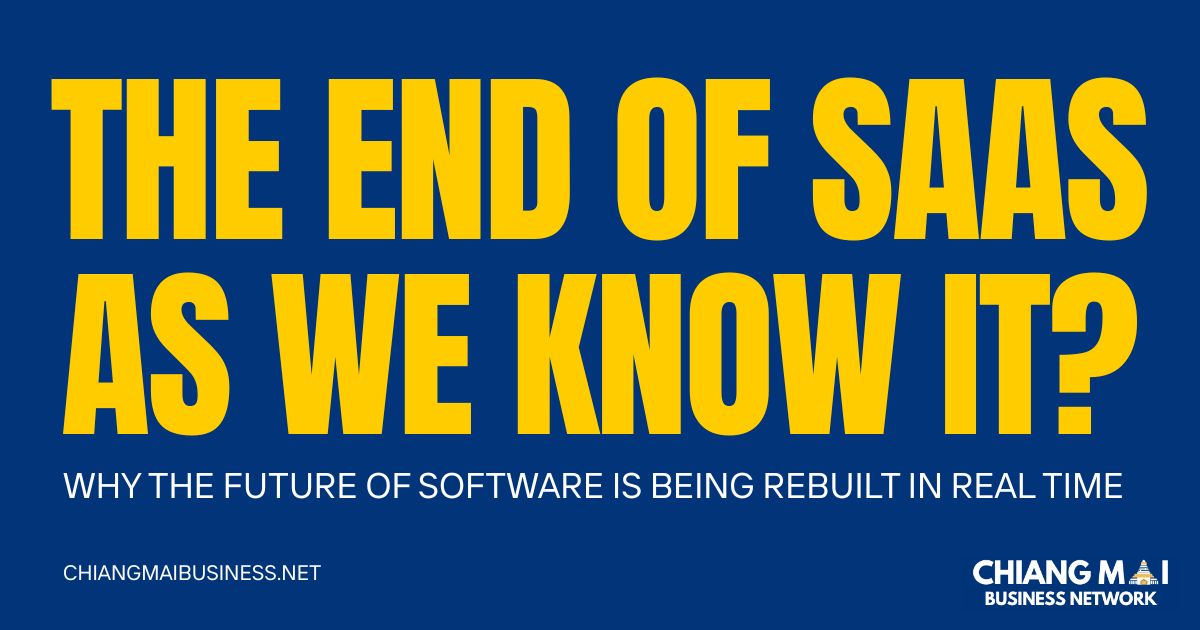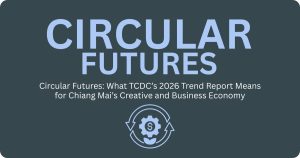Why the Future of Software Is Being Rebuilt in Real Time
A major shift is happening in the world of software. Quietly but quickly, the foundation of Software as a Service (SaaS) is being rewritten—not by new competitors, but by a new model entirely.
What once required entire teams and long product timelines can now be spun up by individuals using AI and next-gen development tools. Platforms that used to take years to build are now being replicated in minutes.
If you’re a SaaS founder, investor, or product builder, it’s time to take this seriously. Because the future is not coming. It’s already here.
From Platforms to Prompts
Historically, building software like Airtable, Trello, or ServiceNow took large engineering teams, months of planning, and substantial budgets. Today, someone with basic product sense and the right AI-enabled tools—like Zite or Xano—can generate a working version of these platforms in a matter of hours.
These aren’t just mockups. They’re operational systems with custom logic, backends, and user interfaces—tailored to a company’s internal needs, without ever touching a traditional dev stack.
The shift is not theoretical. It’s already underway.
When Rebuilding Becomes Easier Than Maintaining
Maintaining legacy systems used to be seen as a cost of doing business. But now, it’s often more expensive to maintain than to rebuild from scratch.

Thanks to open platforms, data portability, and automation, migrating away from an existing tool no longer takes months. It can be done in a weekend.
This changes everything. Customer retention is no longer about lock-in. It’s about genuine utility. If your users can replace your product faster than you can fix a bug, you’re competing on entirely new terms.
AI Is No Longer a Differentiator
Many companies are still rushing to add AI features to their software, hoping to stay ahead of the curve. But the truth is, AI is no longer a competitive advantage. It’s a baseline expectation.
In a world where every product is “AI-powered,” differentiation must come from somewhere else—your insight into the customer, your speed of execution, your ability to solve problems no one else sees.
The companies that will survive this shift are not the ones with the best code. They’re the ones that understand their users better than anyone else.
Enterprises Are Running Out of Time
Enterprise IT teams are now facing an internal revolution. Employees are already using AI to generate their own tools, forms, workflows, and databases—without waiting for approvals, budgets, or vendor contracts.
This is shadow IT, but at scale. And it’s increasingly powerful.
In five to seven years, large organizations may find that much of their internal tooling no longer comes from outside vendors—it comes from within. Built on demand. Invisible to procurement. Fully customized. Instantly replaceable.
What happens to the enterprise SaaS model then?
Rethinking Value in Software
The old assumptions are no longer safe:
- What is a feature if it can be cloned by a prompt?
- What is a service if an AI assistant can offer the same support, faster and more contextually?
- What is an asset if it can be duplicated and improved instantly?
If your product can be replicated by someone using an AI and a spreadsheet, your competitive edge must lie elsewhere.
True value now lies in proprietary insights, strong communities, deep customer relationships, and the ability to adapt quickly.

What This Means for Builders in Chiang Mai
Chiang Mai has become a hotbed for digital entrepreneurs and software developers. But this new era demands new thinking.
Instead of building for what worked five years ago, builders must focus on:
- Solving specific, real-world problems in ways that generic tools can’t match
- Developing a deep understanding of customer workflows and pain points
- Creating systems that evolve rapidly and deliver immediate value
This is not the time to get comfortable. It’s the time to get sharper, faster, and closer to the customer.
Last Words
SaaS isn’t dying—but it is transforming.
The products that will thrive in the next decade will not be those with the most features or the most polished UI. They will be the ones that offer unique, irreplaceable value—delivered faster, smarter, and with more empathy.
Ask yourself this: if someone can replicate your product in 10 minutes, what are they missing that only you can deliver?
That’s the new battleground.
And for Chiang Mai’s entrepreneurs and builders, it’s a chance to lead—not just locally, but globally.











